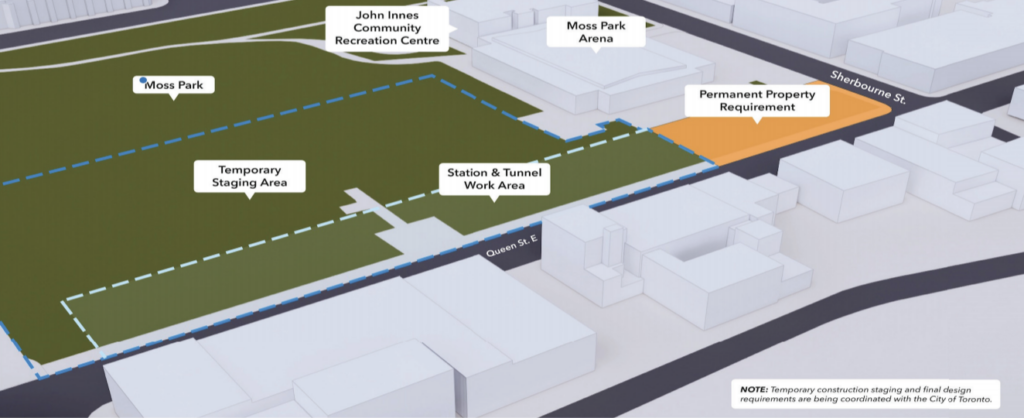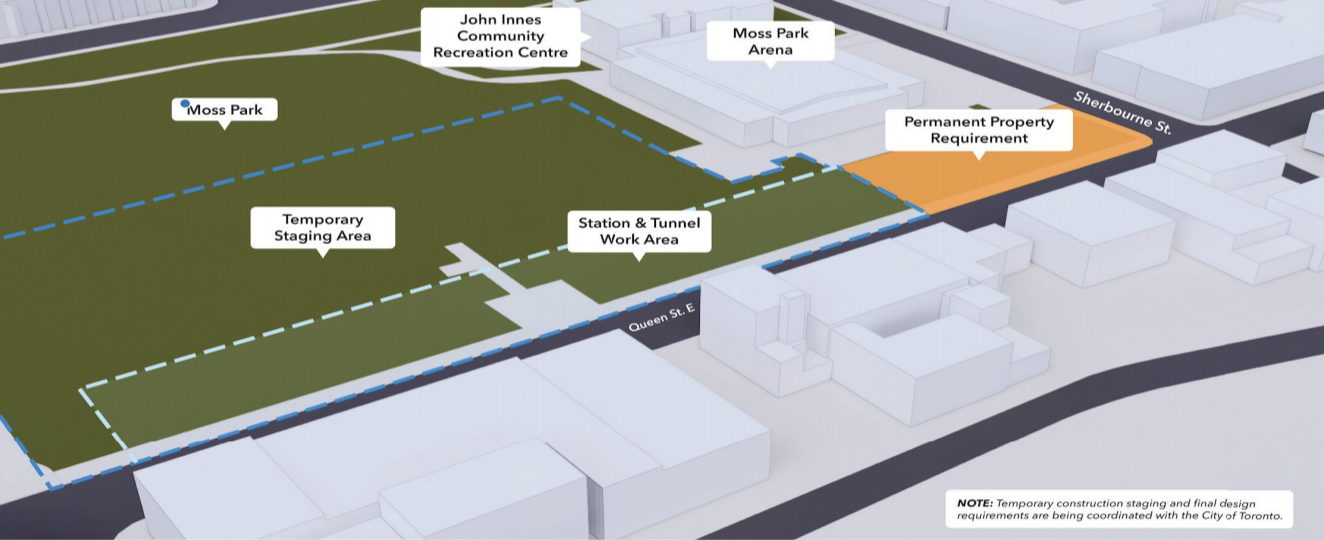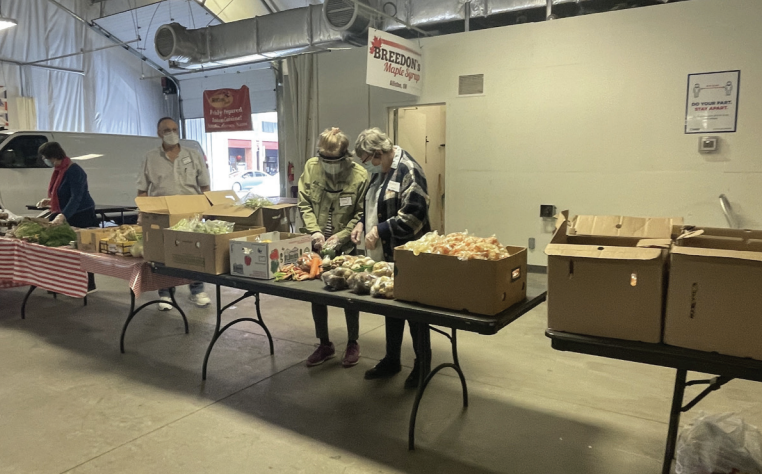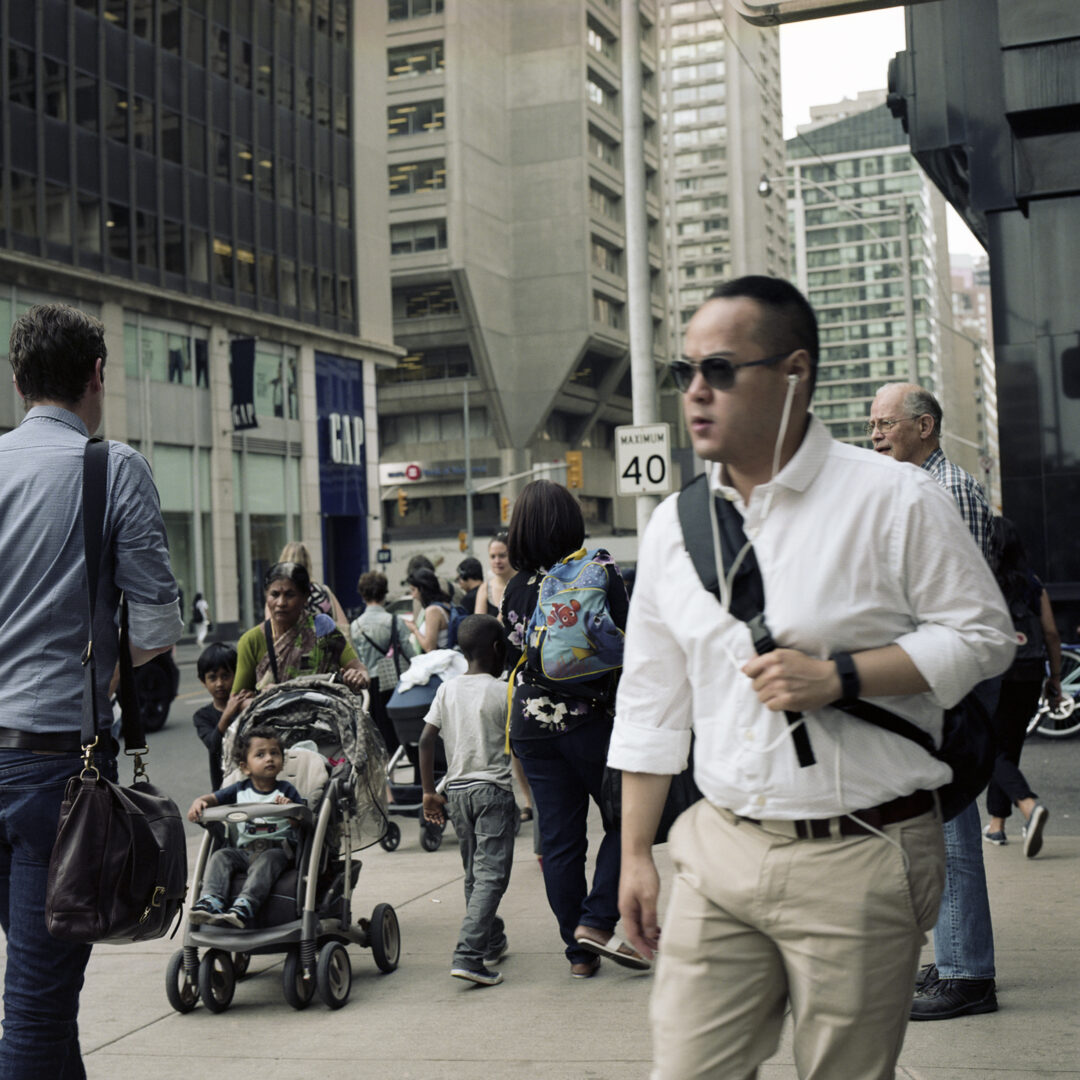Emma Johnston-Wheeler

Though the Moss Park Station is expected to be the Ontario Line’s sixth busiest, it has been brought to the community’s attention that Infrastructure Ontario has no plans to designate Moss Park a transit-oriented community, as stated in a recent Metrolinx info session hosted by Online Line coordinators. Consequently, the area will be excluded from benefits that other Ontario Line stations will spur, including an increase in jobs and housing.
At a June 17 presentation regarding the downtown segment of the Ontario Line development, with more than 80 community members attending, Metrolinx discussed its plans for Moss Park. Panelists included project director Richard Tucker and other prominent Ontario Line staff.
More than 23,000 residents live within a 10-minute walk of the Moss Park station, and 7,300 people are expected to use it during the busiest travel hour. However, unlike Corktown and East Harbour, Infrastructure Ontario has not designated Moss Park a transit-oriented community, which would fast-track vertical housing development around the station. Metrolinx has not offered any reasons for this decision at this time.
Metrolinx intends to tunnel north of Queen Street under the parkland to minimize road closure and interference with the Queen streetcar. The station location will be at the north-west corner of Queen and Sherbourne Street, beside the Moss Park Arena.
Nearly half of useable parkland is needed to facilitate subway construction
A temporary staging area to facilitate construction will take nearly half the useable parkland. Metrolinx says a significant staging area is required because of the quantity of material coming in and out of the excavation site, including concrete and reinforced steel.
Project director Tucker says the park landscape will return in a “better condition” than it is now.
Historically the Moss Park neighbourhood has lacked an active community association. An obstacle for governments to consistently engage with residents and businesses, says Darcy Higgins of Building Roots, a grassroots social venture. The subway station proposal “is really an opportunity for the community to share their voice and help shape the future of Moss Park,” he says.
Building Roots wants more community consultation on the Moss Park Station by different levels of government and Metrolinx. Building Roots has proposed a July 24 community meeting to include residents, business owners and unhoused neighbours.
Coincidently, the long-proposed Moss Park Revitalization Project is re-emerging in the public eye, though the city postponed a public information session set for June 30. The project team for Moss Park says this delay will allow for time to address problems and gather more input in order to deliver a more informative presentation.
City of Toronto media representative Marcela Mayo told the bridge that this project, with a similar timeline to the Ontario Line’s construction, includes building a new John Innes Community Recreation Centre, improving the existing arena and revitalizing the park.
Mayo says the city is “working with Metrolinx to advance the project through the Ontario Line commenting process, coordinated through the city’s Transit Expansion Office”.
Metrolinx’s final Early Works report for Corktown is anticipated in July in advance of the province’s expropriation announced for August 30. Major construction on the Ontario Line is slated for the beginning of 2023.





2 Comments
[…] featured in The Bridge Community Newspaper in July […]
[…] featured in The Bridge Community Newspaper in July […]